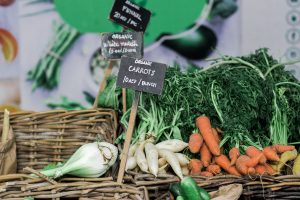You may also like
The Star Brisbane
Visit The Star Brisbane Website Positioned at the heart of the Queen’s Wharf Brisbane precinct, The Star Brisbane commenced a staged opening on August 29, 2024. An iconic Brisbane destination like no other, the precinct...
The Star Gold Coast
Visit The Star Gold Coast Website From its 1970s caravan park origins, The Star Gold Coast has been completely reimagined since the 1985 opening as Jupiters Casino. In March 2018, The Star opened the all-suite luxury...
The Star Sydney
Visit The Star Sydney Website For three decades, our Pyrmont foreshore precinct, now known as The Star Sydney, has been a pillar of hospitality and entertainment in Sydney’s CBD. Guests can choose from three luxurious...





Add comment